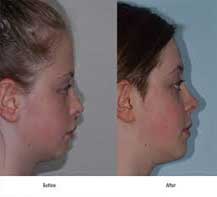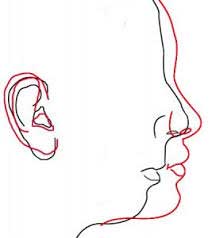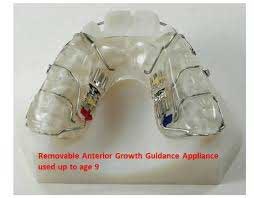Epigenetic Orthodontics/Orthopedics/Pneumopedics
Epigenetic orthodontics means that various human genes or combinations of the patient’s naturally-inherited genes from parents are harnessed in combination or independently with various orthodontic, orthopedic and/or pneumopedic devices like DNA appliances or AGGA appliance to modify, change or attenuate the physical location of natural teeth, jaws and airway in 3-D space during orthodontic, orthopedic and/or pneumopedic treatments, based on the concept of ‘temporo-spatial patterning.’ The term “temporo-spatial patterning” like Global Positioning Satellite (GPS) implies that the spatial organization of the teeth, jaws and airway can be mapped in 3-D space at known anatomical locations using x, y, z coordinates. The pattern in 3-D space of craniofacial structures are encoded within the patient’s genome. Biomimetic, functional appliance are capable of modulating genetic pathways, which are effectively dormant or inactive, and are capable of restarting craniofacial development in adult patients as well as in children. In addition, abnormal patterning is corrected, in part, through the deployment of orthodontic, orthopedic and/or pneumopedic devices which may evoke natural developmental processes that improve a patient’s airway and thereby ameliorate or prevent airway issues such as snoring and other forms of sleep-disordered breathing through non-surgical airway remodeling.
Anterior Growth Guidance Appliance
These are functional appliances, that as stated above, move the jaws, airway in 3D and improve airway capacity, TMJ and related symptoms.
There are two types of AGGA appliances – Removable and fixed.
Fixed AGGA
A fixed anterior growth appliance is recommended mainly for adults and children above 10 years of age. This appliance can help with:
- TMJ pain and muscle tension in head and neck region
- Non surgical facial lift
- Neck and back pain
- Scoliosis & lower back pain
- Sleep apnea, improves airway
- Migraine head aches
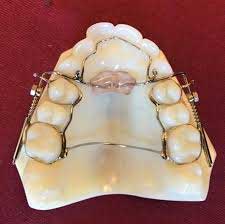
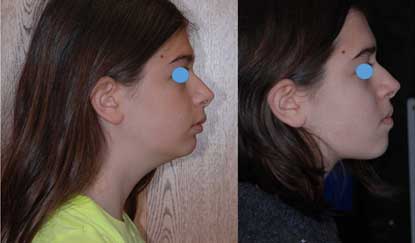
This appliance expands the upper jaw in three dimensions alleviating crowding, creating room for the tongue to sit up in the palate, enlarging the airway, and improving TMJ, migraine, and pain symptoms. It may also improve facial appearance of the eyes, nose, cheekbones, lower jaw, and throat, reducing the dark circles, flat cheek bones and long face appearance to a more fuller face. This is famously known as “nonsurgical facia lift” appliance. After adequate growth and remodeling are verified by a sleep study and CBCT scan, the teeth are straightened and spaces are closed later using orthodontics.
RGGA (Removal Growth Guidance Appliance)
Craniofacial development in children starts early on and It is critical to intervene as early as possible to take advantage of the chance to manipulate normal skeletal growth occurring in children. By the age of four, 60% of facial growth is complete. By the age of six, 80% of facial growth is complete. By the age of 11-12 90% of facial growth is completed and the second premolars have erupted. It is important to introduce orthotropic, orthopedic interventions which harness the ability to remold skeletal growth patterns. RGGA appliance is a full fledged functional and TMJ appliance in kids aged between 6-9 years. Many children in this age group experience headaches, and TMJ symptoms but rarely verbalize it. Other symptoms to watch for:
- Problems with teeth alignment – crowded or crooked teeth
- Bite problems
- Teeth don’t meet correctly
- Underbite or overbite
- Facial asymmetry
- Frequent headaches
- Snoring
- Open mouth breathing
- Short attention span/easily distracted
This appliance will help remold the downward growth vector to a more horizontal growth( long flat face versus more fuller attractive forward face). Orthodontic interventions done later on will be relatively straight forward and less invasive after RGGA.
